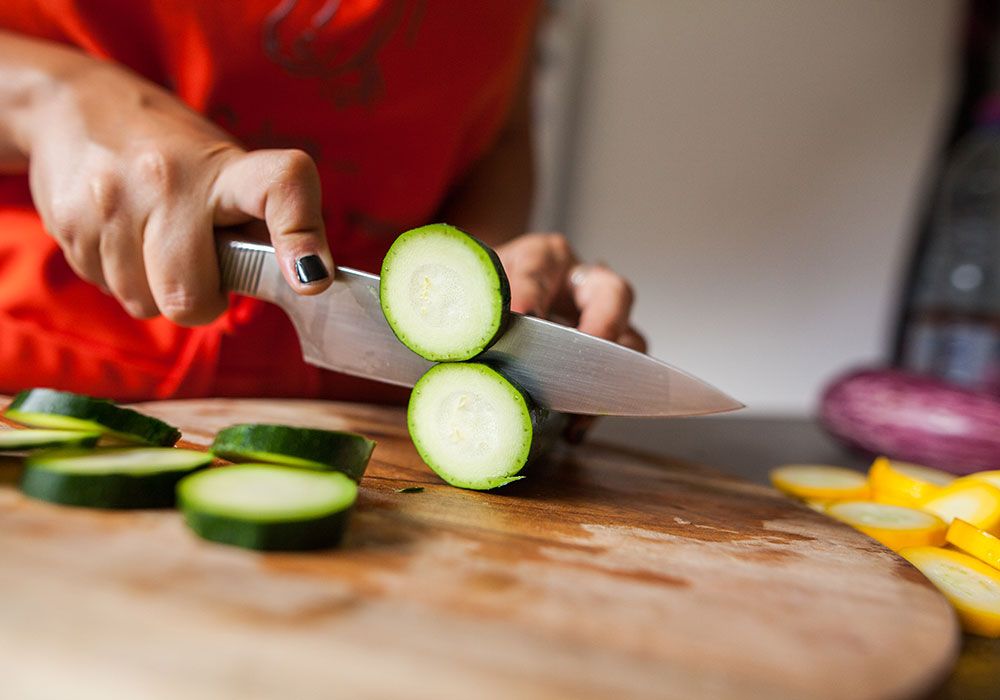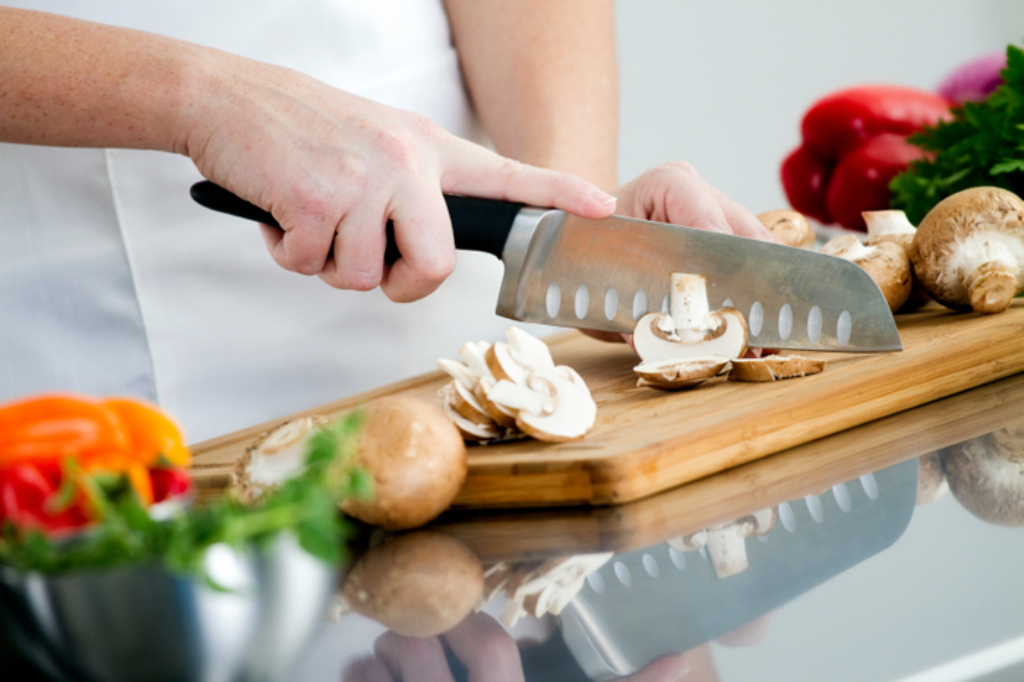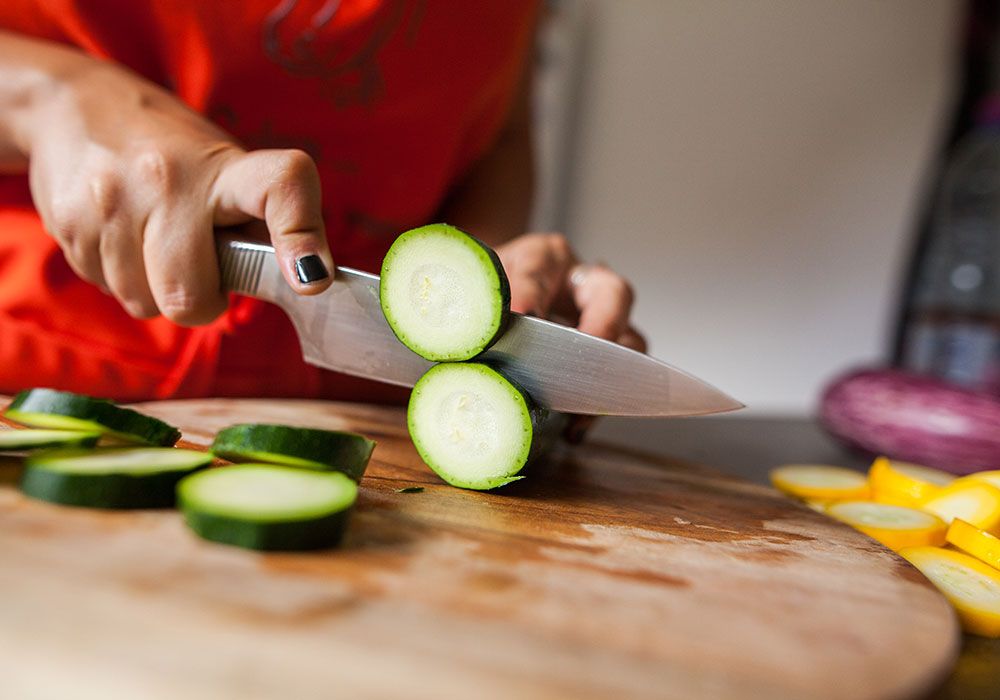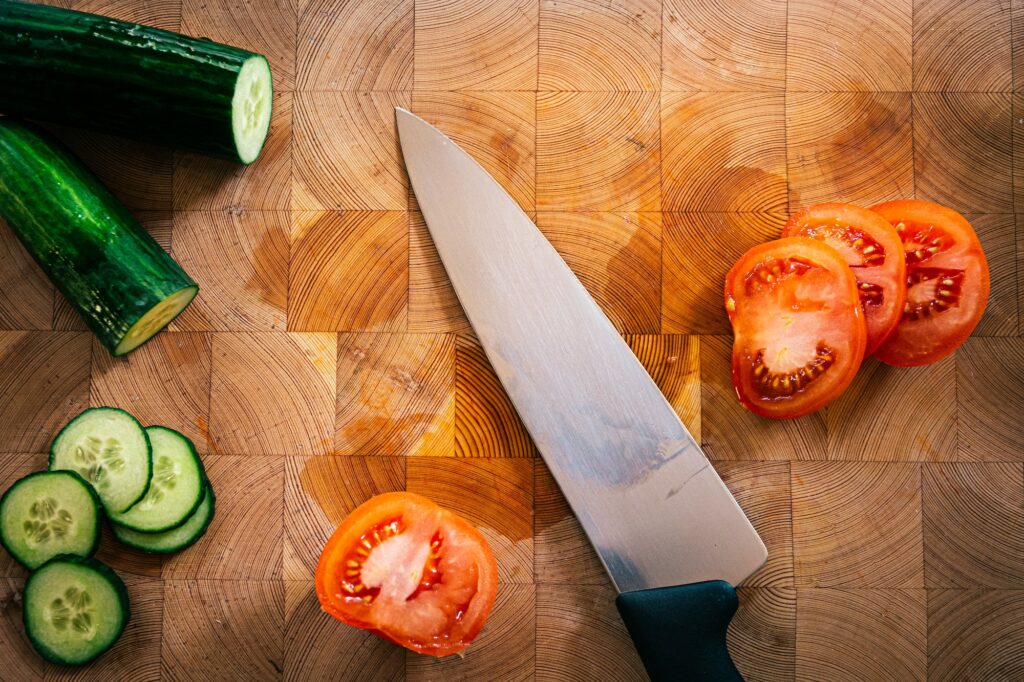A cutting board is one of the most indispensable tools in a kitchen, especially for professionals and serious home cooks. But what is the function of a cutting board, and why has this simple accessory become such a staple in food preparation? From maintaining hygiene to protecting countertops and knives, cutting boards play multiple vital roles in the culinary world. Lets delve into their specific functions and how they contribute to efficient and safe food preparation.

Primary Purpose: A Surface for Food Prep
At its core, the primary function of a cutting board is to provide a stable and clean surface for food preparation. Whether you are chopping vegetables, slicing meat, or mincing herbs, using a cutting board ensures that your ingredients are processed properly. It helps maintain consistency, precision, and efficiency in food prep.
More importantly, cutting boards safeguard your kitchen countertops. Without them, knives can leave scratches or damage delicate surfaces.
Why Stability Matters
Stability is critical when preparing food, especially in professional kitchens, where efficiency and speed are crucial. A cutting board serves as a steady working surface, preventing unnecessary movement that can lead to injury. To learn how to avoid unwanted movement while chopping ingredients, check this guide.
Enhancing Food Safety and Hygiene
Food safety is another critical area where cutting boards play a significant role. By providing a dedicated surface for cutting and slicing, these boards help to keep raw and cooked foods separate, minimizing the risk of cross-contamination. For instance, using specific color-coded cutting boards for different food groupslike chicken, vegetables, and fishensures optimal hygiene.
To learn more about which color cutting board is best for specific ingredients, visit this guide.
Caring for Your Cutting Board
Proper maintenance is crucial to maintaining food safety. From cleaning methods to sanitizing routines, knowing how to care for your cutting board extends its life and ensures safety in your kitchen. For a deep dive into cutting board care, check out this helpful article.
Protecting Your Kitchen Tools
Another key function of a cutting board is to protect your kitchen tools, particularly knives. Cutting directly on hard surfaces like granite or ceramic can dull your knife blades much faster. By providing a slightly softer yet durable surface, cutting boards help maintain the sharpness and longevity of your knives, saving you money and effort in the long run.
The Right Stance While Using a Cutting Board
Did you know that your stance when using a cutting board can also contribute to overall efficiency and safety? By positioning yourself appropriately, you can reduce strain and improve the speed of your food preparation. For tips on the correct stance, check out this detailed blog.
Functionality Meets Design: Aesthetics in the Kitchen
While the functional aspects of a cutting board are critical, the aesthetics shouldnt be overlooked. Modern cutting boards are available in various materials, designs, and colors, allowing them to blend seamlessly into your kitchen decor. Wooden boards, for instance, not only serve as excellent chopping surfaces but can also double as stylish serving trays for bread, cheese, or charcuterie spreads.
If youre considering gifting a cutting board that combines style and utility, here are some great accompanying gift ideas.
Choosing the Ideal Cutting Board
With so many options out there, selecting the right cutting board can be overwhelming. From plastic to wooden and bamboo to glass, each material has its pros and cons. Plastic boards, for example, are lightweight and dishwasher-safe, while wooden boards are durable and knife-friendly. However, choosing the right type ultimately depends on your kitchen needs and habits.
For tips on selecting a cutting board material and understanding the nuances of each, you can check out this article on cutting board safety.

FAQ Section
1. What is the best material for a cutting board?
The best material depends on your preference and usage. Wooden boards are durable and gentle on knives, while plastic boards are lightweight and easy to sanitize.
2. How often should I replace my cutting board?
Replace your cutting board when it shows deep grooves or cracks that cannot be cleaned effectively and may harbor bacteria.
3. Can I use the same cutting board for all types of food?
Its recommended to use separate cutting boards for raw meats, vegetables, and cooked foods to avoid cross-contamination.
In conclusion, understanding what is the function of a cutting board helps highlight its pivotal role in both professional and home kitchens. From ensuring food safety to protecting your kitchen tools and countertops, this simple yet essential tool is integral to the cooking process. Treat your cutting board as the foundation of culinary success, and it will serve you well for years to come.
This article contains affiliate links. We may earn a commission at no extra cost to you.






Leave a comment
This site is protected by hCaptcha and the hCaptcha Privacy Policy and Terms of Service apply.